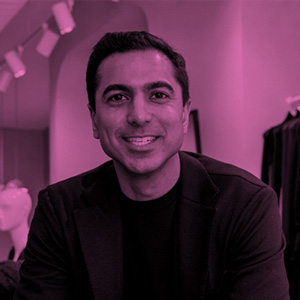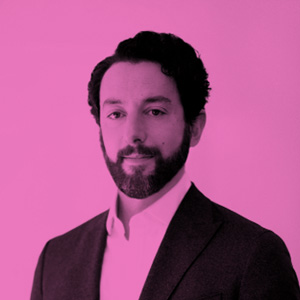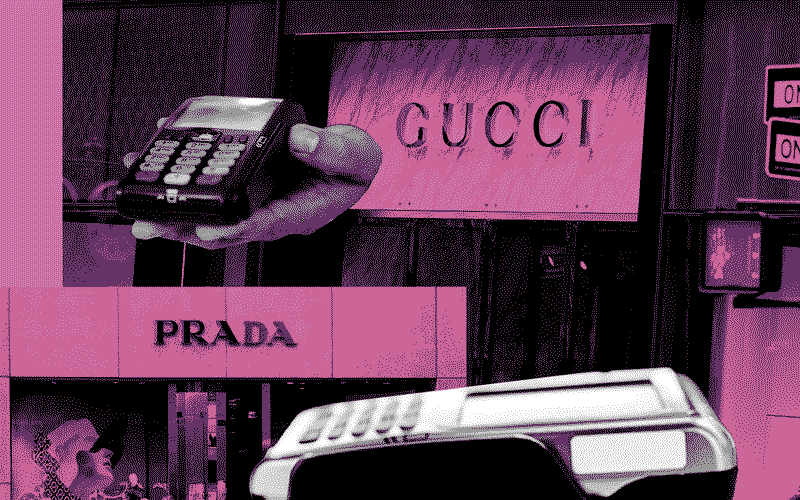Luxury retail in the U.S. is thriving. According to a new JLL report, luxury sales reached $75 billion in 2023, driven by consumer demand for high-end products and a focus on prime corridor markets by luxury brands.
With momentum from a compounded annual growth rate of 8.6 percent from 2020 to 2023, and international travel to the U.S. expected to reach pre-pandemic levels next year, sales of luxury brands are projected to exceed $82 billion by 2028, solidifying the nation’s position as a key player in the global luxury market. Last year the U.S. accounted for 28 percent of luxury sales.
The report concluded that one reason retail spaces tend to be in high demand, especially after the pandemic, is that consumers are seeking in-store experiences. Despite a recent increase in e-commerce’s share of total retail sales, up to 16 percent in the second quarter, it remains below pandemic highs.

According to James Cook, director of retail research at JLL, the items themselves are not the only selling point for luxury brands. Rather, it’s the experience of going into the store and purchasing them in person.
“Getting this specialized one-on-one experience of trying things on, the interaction in the brand store — that’s where the real luxury experience comes from,” Cook said. “A lot of people don’t want to give that up, and you give all that up if you shop online.”
The luxury market’s relative immunity from the threat of internet sales is, of course, good news for brokers and others who specialize in retail space.

Amish Tolia, founder and CEO of Leap, a retail platform that helps brands open and operate physical stores, said luxury brands’ placing their stores in such locations as Madison Avenue and Fifth Avenue in New York City, and Beverly Hills in Los Angeles, gives customers a reason to purchase their items.
According to Tolia, brick-and-mortar luxury brands are projected to grow even more in the coming years because they have a higher likelihood of building long-term, sustainable brands. In other words, it is more profitable for them to open in-person stores than deal with e-commerce.
“The number one reason [luxury brands are growing their physical footprints] is because they are facing an incredible set of challenges with their e-commerce businesses,” Tolia said. Those challenges include customers having to deal with complicated e-commerce transactions, particularly returns.

Almost half of new luxury stores opened in the past year were in malls, the report said. This is because luxury brands seek the high-quality spaces that malls provide. As a result, Class A malls had the lowest vacancy rate of 5.8% last quarter, compared to Class B and Class C malls. In urban areas, prime locations like Madison Avenue in New York and Rodeo Drive in Beverly Hills remain coveted.
Matthew Krell, managing director at Alvarez & Marsal Property Solutions, said that luxury brands are expanding into secondary markets — such as Texas and North Carolina — because they are more affordable.
“I think a lot of brands start to look at ‘what does it cost for me to operate?’ It’s not just about overall sales, but about profitability,” Krell said.
He predicted that despite high operating costs, brands are going to continue to open more brick-and-mortar stores.
Read more



